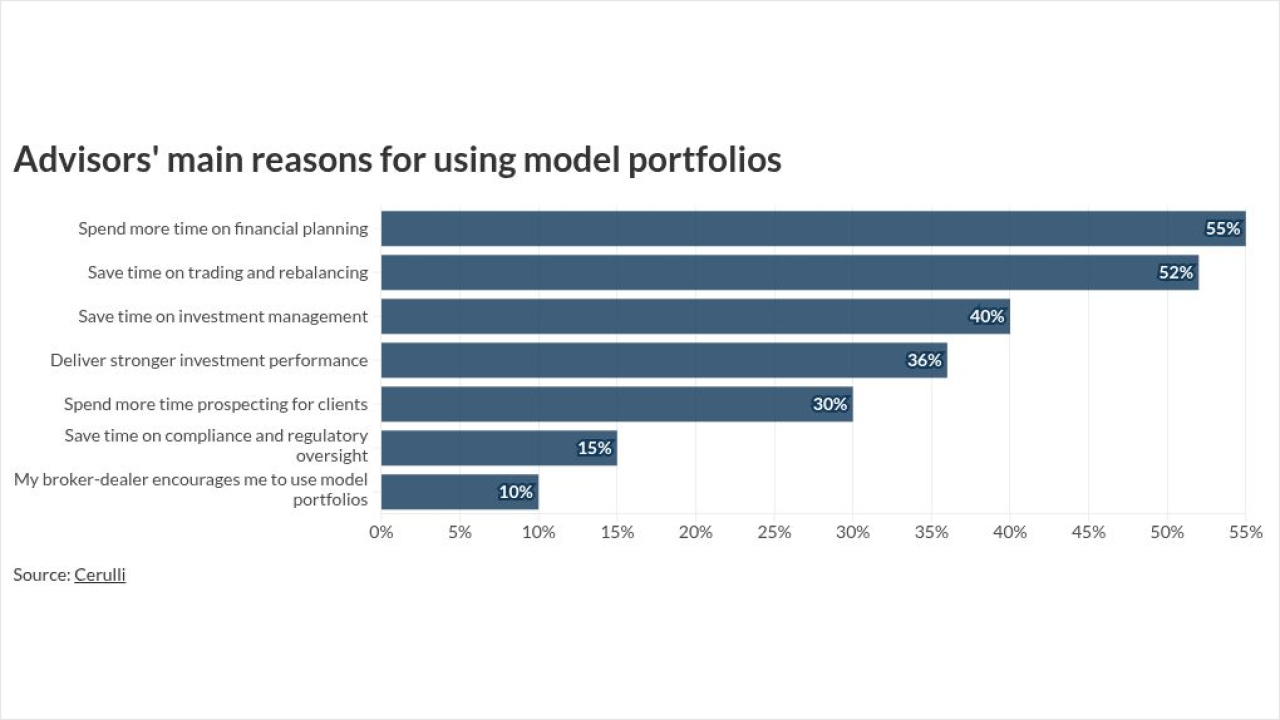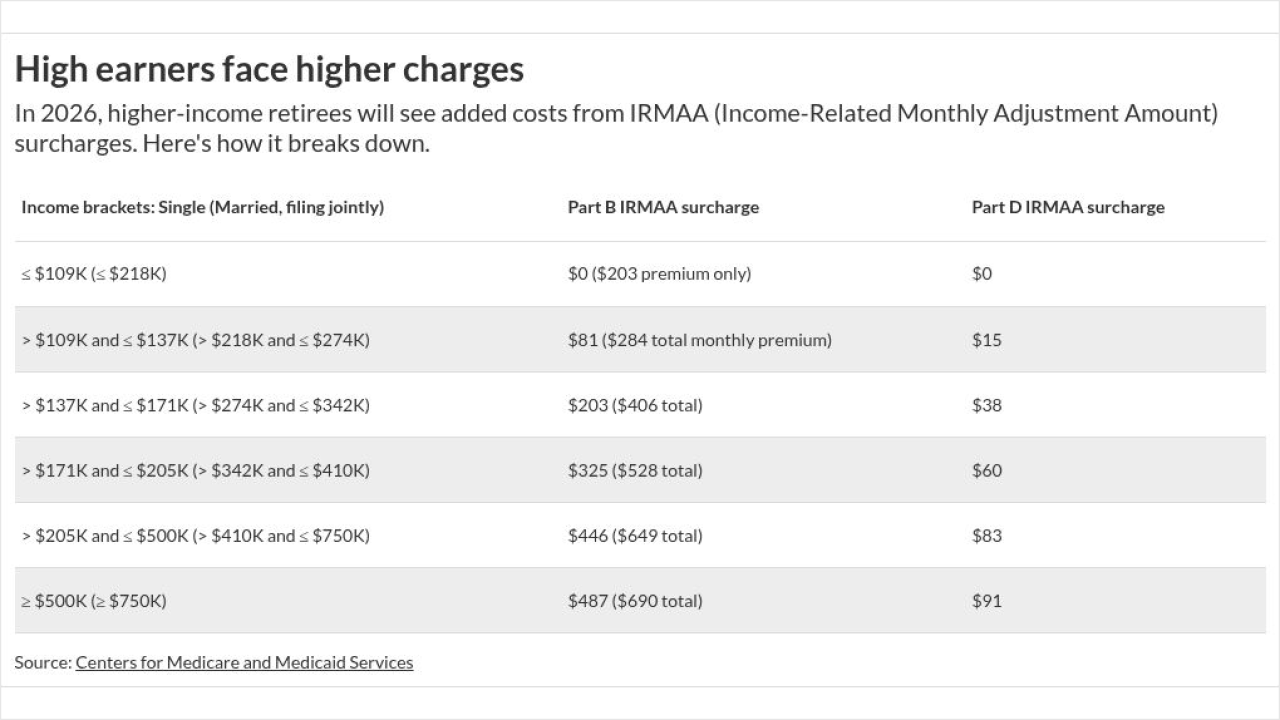Our weekly roundup of tax-related investment strategies and news your clients may be thinking about.
Working clients have the option of taking a hardship withdrawal from their 401(k) plans if they have no available funds to cover emergency expenses, according to this article on CBS Moneywatch. A hardship withdrawal from a 401(k) account is allowed only to cover expenses such as qualified medical costs exceeding 10% of their adjusted gross income, the purchase of primary home, funeral or burial expenses and home repair costs. However, clients are advised to weigh other options as they will owe income taxes on a hardship withdrawal.

Loved ones named beneficiaries of a traditional IRA will face income taxes on the inherited assets, according to this article on Kiplinger. IRA holders are advised to convert some of the assets into a Roth to minimize the tax bite on the inheritance. Another option is to use the traditional IRA funds to buy a principal-protected annuity, as the financial product will provide a tax-free payout which the heirs can use to cover taxes on the distributions.
-
Errors are regrettably common. They are also easily avoidable.
April 1 -
Military families can use one of these provisions to seriously cut their tax burden. Plus, can clients make an IRA contribution on behalf of a deceased person?
October 23 -
Financial planners don’t have to be attorneys to help clients avoid high cost oversights
December 24
The IRS is poised to issue by the end of May a draft of the new Form W-4 that employees will use when adjusting their tax withholding, according to this article on CNBC. Clients are advised to review their withholding taxes to ensure the amount is enough to cover their tax liability this year. “Two-income families and people with multiple jobs may be more vulnerable to being underwithheld or overwithheld following these major law changes,” the IRS said in a statement.
Congress is considering legislation that would create more options for retirees and increase the age requirement for taking withdrawals from and making contributions to tax-advantaged retirement accounts to 72 1/2 from 70, according to this article on Motley Fool. The bill would also allow IRAs to include more annuities in their investment menus and give long-time part-time workers access to employer-sponsored retirement plans. Under the bill, 401(k) assets inherited by children from low- and middle-income households would not be subject to the kiddie tax.
The average expense ratio among the top-performers is 40 basis points higher than the average.
Teachers should not buy annuities in their retirement plans, an expert on Barron's writes. That's because they will not really gain from the tax deferral and market protection from these products, as long-term investments in their retirement plans are already made on a tax-deferred basis and won't need insurance against losses, according to this article on Barron's. "The massive fees take a huge bite out of their nest egg. And while annuities are inappropriate for anyone in a tax-deferred account in the accumulation years, they are particularly ill-suited for the specific challenges faced by teachers."






